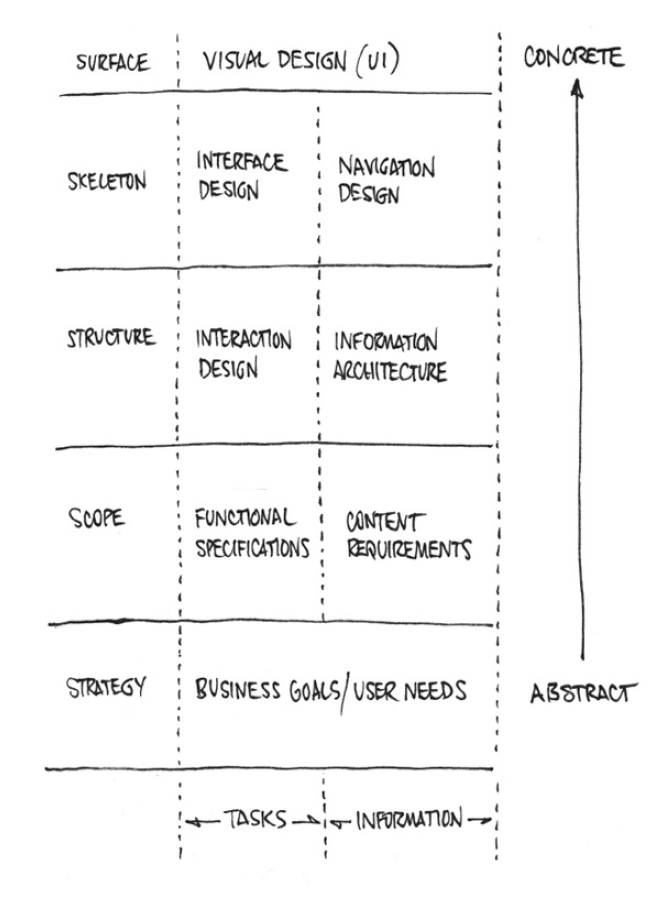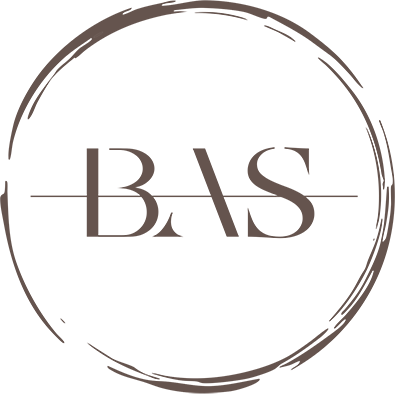Way of working
There is no exact prescription for UX and UI design to consistently achieve successful results. In each project, you adapt within the context of the situation, product, users, stakeholders, and political and other constraints under which you work. However, it is wise to follow certain models and protocols to achieve a good outcome.
Problem-solving is a constant in UX design, but the ultimate goal always remains the same: creating products or services that are meaningful to the user. How do you translate this broad objective into concrete solutions? In practice, this means defining specific goals for each project and developing a strategy to achieve them. Take into account that aspects such as usability, accessibility, and attractiveness ultimately contribute to this central objective.
Between the first idea and the finished product lies often a complex web of decisions that influence the user experience in big and small ways. To work efficiently, I aim to provide structure and direction to the process of making these decisions, ensuring that each decision is made at the right moment in the process.
An excellent foundational concept I encountered long ago is the framework developed by innovative user experience designer Jesse James Garrett, which serves as a framework for creating user-friendly and cohesive user experiences.
The 5 elements of UX design
The 5 elements form a hierarchical model, where each element builds upon the previous one. In practice, however, the process is not linear but iterative, with decisions at one level impacting the other levels.
Strategy: Defining the target audience, product objectives, and value proposition.
Scope: Defining the functionalities and boundaries of the product.
Structure: Designing the information architecture and navigation structure.
Skeleton:Creating the layout and visual skeleton of the interface.
Surface: Designing the visual style, including colors, typography, and iconography.

Within this model, we adhere to principles for each Element that ensure making the right decisions and solving problems more easily. These principles can indeed vary and are often tied to the core values of a company or service.
The pitfall is that principles can be too generic, too abstract, or too obvious. I advocate for thoroughly developing and making them specific to the product.
